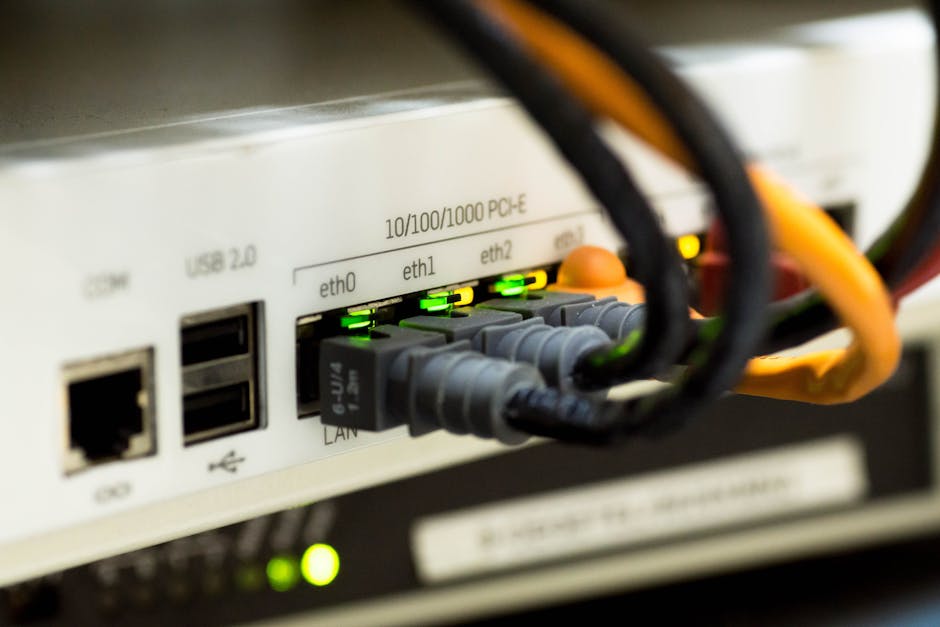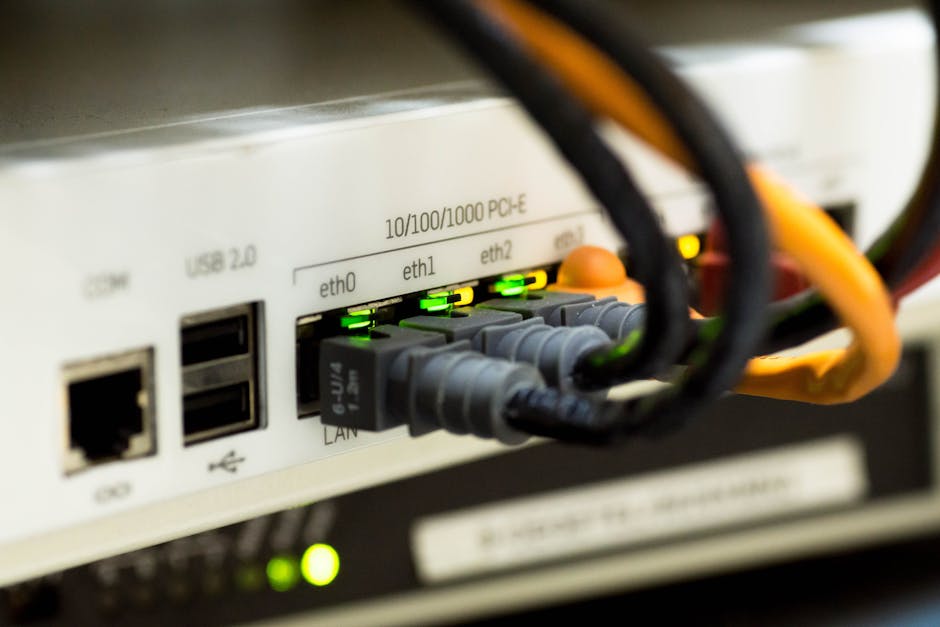Broadband Affordability: Comparing Trends in Canada and the US

The Complex Concept of Broadband Affordability

Pexels
Broadband affordability has long been a topic of significant debate, with various methods employed to assess its impact on households. Economists identify affordability as a multifaceted concept, often measured through income, expenditure, or subjective perspectives. According to a 2015 report by the Public Interest Advocacy Centre (PIAC), communications services were deemed affordable if they constituted roughly 4-6% of a household’s income. By 2017, PIAC found that low-income households in Canada ranked home internet access as equally important as healthcare, highlighting its necessity in modern life.
A recent study by the Federal Reserve Bank of New York sheds new light on the issue, revealing that low- and moderate-income communities in the US pay a higher percentage of their income for broadband — 2.43%, compared to 0.51% in wealthier areas. This figure exceeds the Federal Communications Commission’s (FCC) affordability benchmark of 2%, prompting fresh evaluations on how affordability is assessed.
Affordability Metrics: A Canadian Perspective

Pexels
Canada’s affordability landscape offers intriguing contrasts to that of the United States. Data from Statistics Canada has shown that broadband expenditure averages around 1% of Canadians’ total spending. For the lowest income quintile, broadband expenditure remains below 2%, reflecting more favorable affordability than the American figures. It’s important to note that Statistics Canada measures affordability using expense-based metrics, which evaluate broadband costs as a percentage of total expenditures, not income. This distinction provides a nuanced understanding of affordability, given that total expenditures often constitute a smaller figure than total income, further improving the affordability outlook.
Interestingly, broadband consumption trends in Canada indicate an increase in household spending over recent years, largely due to the subscription to faster, more robust internet services. This rise, amplified by more low-income families adopting broadband for the first time, paints a picture of growing demand and evolving needs within Canadian households, even as overall costs fall.
Price Trends and Broader Implications

Pexels
While affordability remains a critical discussion point, it is equally important to analyze price trends over time. The Canadian Radio-television and Telecommunications Commission (CRTC) noted that gigabit broadband prices dropped by 35%, while 50 Mbps services saw a 25% decrease between January 2020 and September 2024. This decline underscores Canada’s progress in making broadband access more economical, even as consumption patterns shift towards premium services.
In comparison, the recent NY Fed study reflects less encouraging trends in the US, where broadband affordability challenges persist for low-income groups. Canada’s ability to ensure lower expenditure percentages, even for its most vulnerable communities, highlights its stronger position in terms of affordability and adoption of broadband services. While there is room for improvement, especially given the rising cost of living, the data positions Canada as a leader in telecommunications affordability, contrasting starkly with challenges faced by American households.
Ultimately, broadband affordability is a cornerstone of equitable digital access. As political discussions increasingly center around the cost of living, Canada’s approach could serve as a benchmark for other nations striving for wider affordability and adoption of broadband technologies. The ongoing analysis of price, expenditure, and accessibility trends remains vital in framing the future of digital connectivity worldwide.




